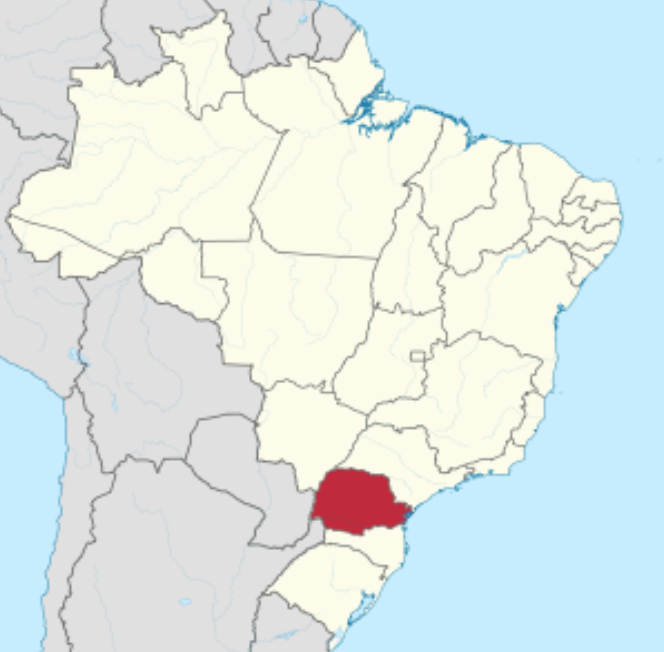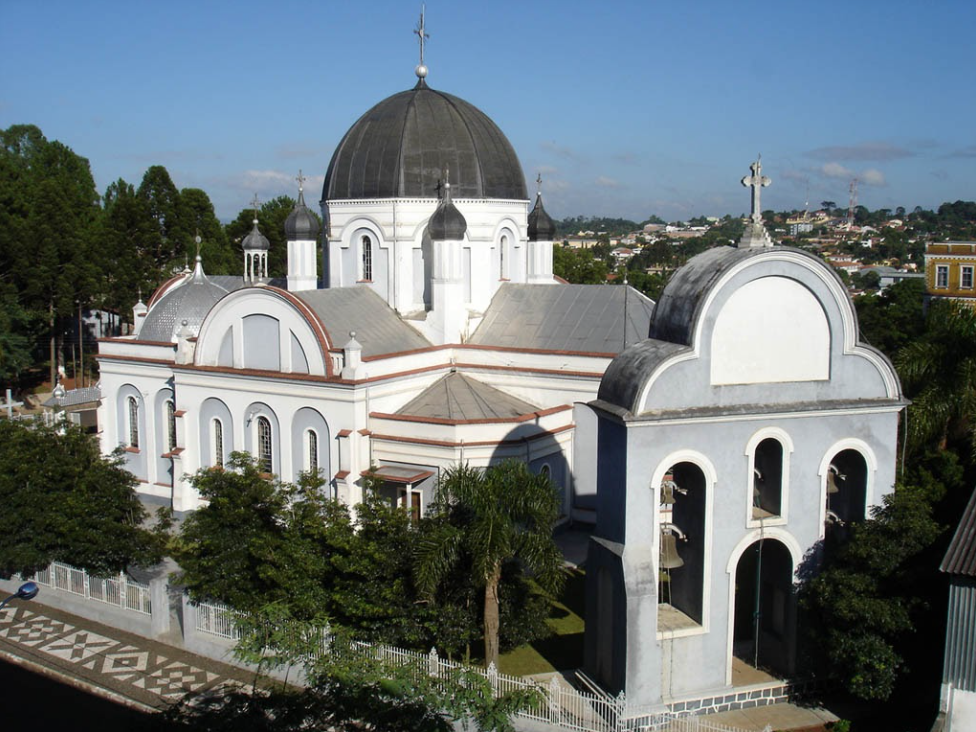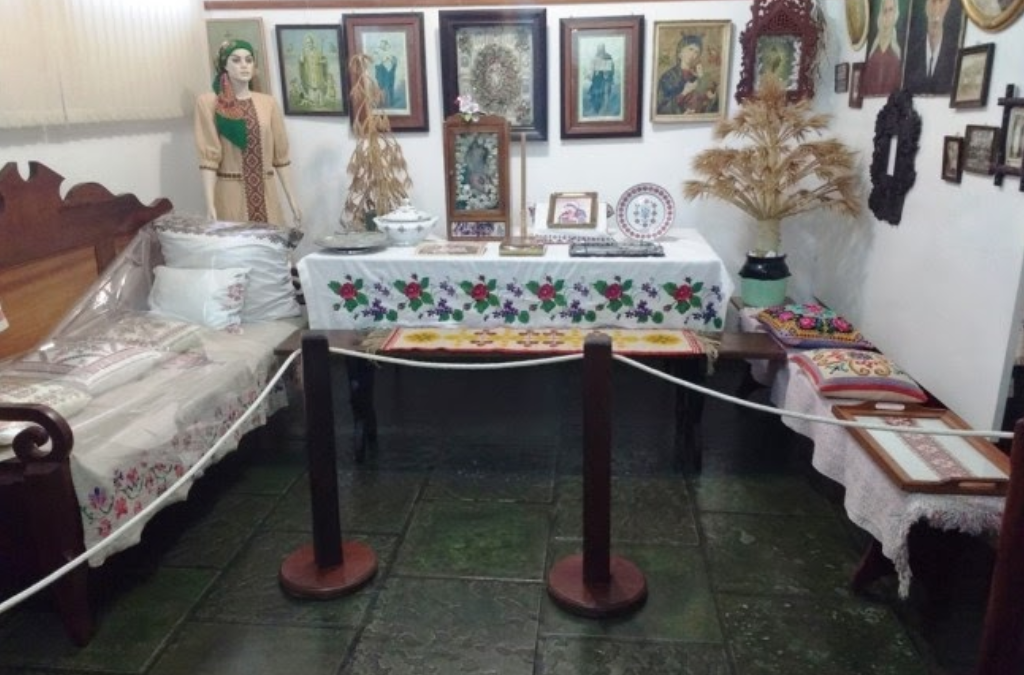By Marc Darmohraj
“A nation’s culture resides in the hearts and in the soul of its people.”
-Mahatma Gandhi
Here in Canada, we in the Ukrainian diaspora take the preservation of our culture seriously. Our community organizations, the various cultural festivals across the country, and our vibrant Ukrainian student community are all evidence of this. I think that there is something unique to be found within all Ukrainians; something that drives us to never let go of traditions passed down by our parents and ancestors, no matter where we are. This can be seen across the globe, as members of the Ukrainian diaspora have been fighting to keep our culture alive wherever we go.
One group that has always struck me as being parallel to our diaspora community in Canada is that of the Ukrainians in the Brazilian state of Paraná. Much like in the Prairies, Paraná saw its first waves of immigration at the turn of the twentieth century when small farmers from Galicia (Ukr. Галичина) sailed off from their homeland following promises of cheap land and rich soil. Unlike in the Prairies, however, the soil of Paraná was less fertile than promised, and the arriving immigrants faced immediate hardship. In spite of this, with that characteristic Ukrainian grit, they planted their roots deep into the Brazilian countryside and cultivated a healthy community.

The town of Prudentópolis (pop. 50,000) is one of the centres of today’s Ukrainian Brazilian community, with around 70% of the population being of Ukrainian descent.
Many schools in Prudentópolis offer Ukrainian language as either a mandatory course or as an optional foreign language course. In schools where it is optional, an overwhelming amount of students opt to study Ukrainian over other languages, such as English or Spanish, due to the high number of local speakers. However, the diffusion of the Ukrainian language was not always this simple. In the 1930s and 1940s, President/Dictator Getúlio Vargas placed a ban on the public use and formal teaching of foreign languages, posing a serious challenge to the relatively new Ukrainian community. Sadly, many immigrants from other parts of the world lost touch with the culture of their ancestors over generations, eventually assimilating fully into modern Brazilian culture. However, the Ukrainians of Prudentópolis and Paraná have managed to maintain many of their cultural, linguistic, and religious traditions.

To this day, much like in the Ukrainian Canadian community, the Ukrainians of Paraná keep their culture alive in numerous ways. The retention of Ukrainian customs can be partially accredited to the Ukrainian Greek Catholic Church in the region. From personal observation, Ukrainian churches have played a key role in keeping communities together across generations. In addition to educational and religious services that are promoted and run by local churches, Prudentópolis has Ukrainian dance groups, including the Grupo Folclórico Ucraniano Brasileiro Vesselka. The Universidade Estadual do Centro-Oeste do Paraná has a centre for Slavic Studies (NEES) which has hosted Ukrainian dance and language classes for students. The city also has a museum, o Museu do Milênio, dedicated to appreciating the history of Ukrainian immigration to the region. Filled with photographs of the first immigrants, articles of traditional Ukrainian clothing, pysanky and more, the museum serves as a reminder of the town’s history and cultural origins. Just as we have done in Canada, the Ukrainians in Paraná have ceaselessly and successfully strived to preserve their Ukrainian identity across generations. The unity within the diaspora in Canada and Brazil and the vigour with which each community has preserved Ukrainian culture sheds light on just how powerful our traditions are in bringing people together as Ukrainians.

